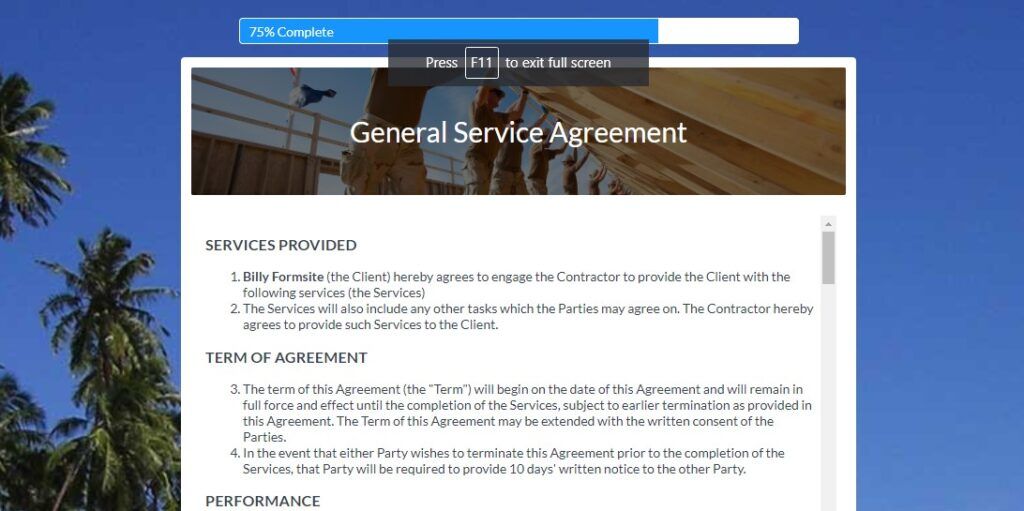Personalization Methods for Online Forms

Increase online form completion rates by using personalization methods for Formsite forms. Visitors complete forms more often when they see their name, email address, or some other personal information. Formsite provides many opportunities for using individual information when communicating with form visitors.
Using information specific to each form visitor most often appears as the username or email address. For example, many marketing professionals recommend using the recipient’s name in the email message or subject line. This method gives the appearance of personalization and is very effective.
Personalization in Emails
The most common and easy place to personalize are Notification emails. Notifications send after every successful submission as confirmation or next-step instructions. Using the form visitors’ information in the subject line and/or email message occurs with the form items’ pipe codes.
Piping lets form owners add placeholder codes that the form replaces with the actual information when it’s available. In this case, those values become available when the emails send. Using the pipe code for an item from the form in the Subject line lets every email contain a unique subject.

Besides increasing the personalization, this technique also reduces the liklihood of being spam. Many email systems will flag messages if they receive many subject lines with identical values. Piping the users’ information helps to create unique subjects.
Pre-populate Form Items
Including links in the Notification message for repeating the form allows using the Pre-populate link. Pre-populating lets values pass through the link and prefill or preselect form items.
Using the Pre-populate link lets form owners pipe the visitor’s information into their individual email. Then clicking the link opens the form with that visitor’s information already prefilled. This technique is popular for automating repeat orders or multiple forms from a single email.
Another technique uses the Pre-populate link to prefill Hidden Field items, then uses those items’ pipe codes later in the form. For example, Pre-populating a Hidden Field with the visitor’s name lets all Formatted Text or Heading items contain the visitor’s name.
Using the pipe code for the Hidden Field item, any text can contain the person’s actual name, address, or any other personal information. A popular use for this technique is to include the visitor’s name in a contract or terms of use.
Personalized Integrations
Another use for personal information is for naming results files or folders with a file integration. For example, the Google Drive integration lets form owners add a custom folder value which can be the pipe code for the visitor’s last name.
The ‘filename prefix’ setting in the integrations’ settings adds a value before the system-generated file name. Using a pipe code there lets administrators quickly locate files for associated results and customers.